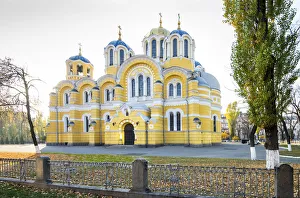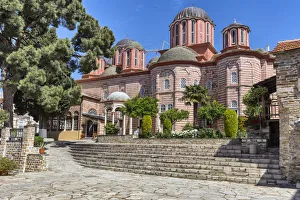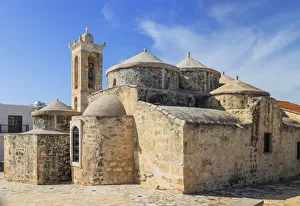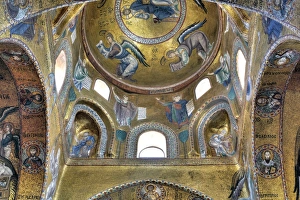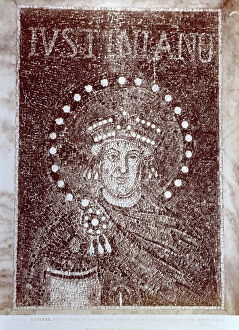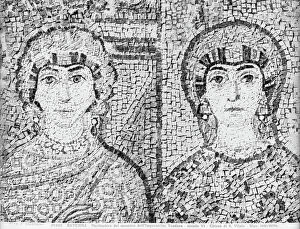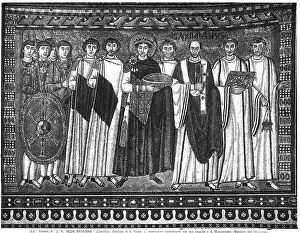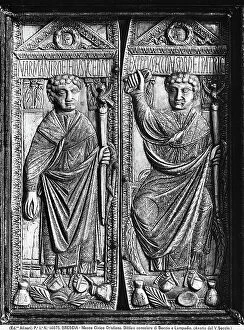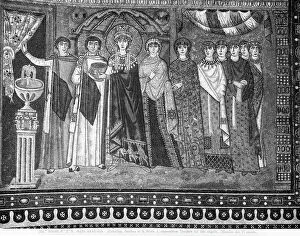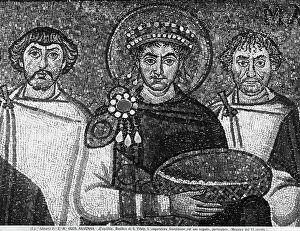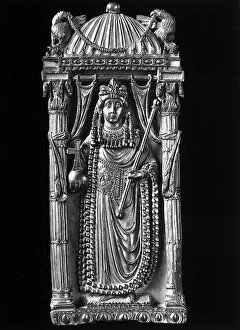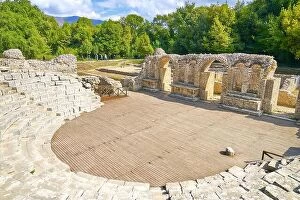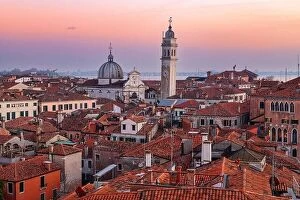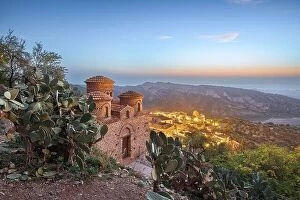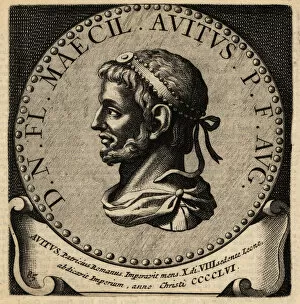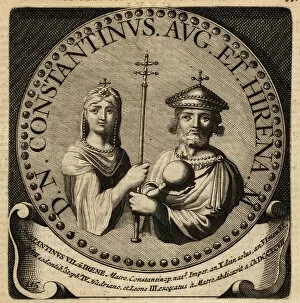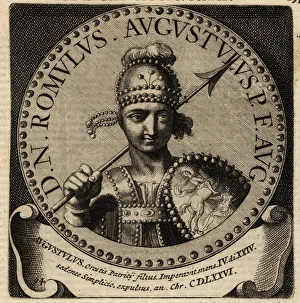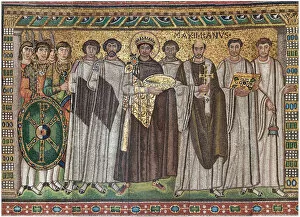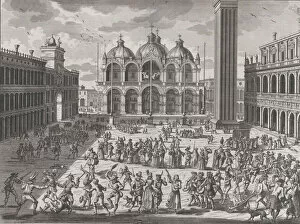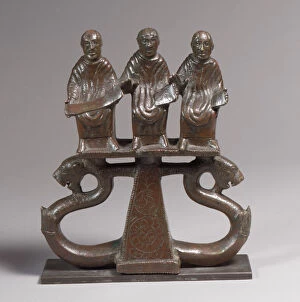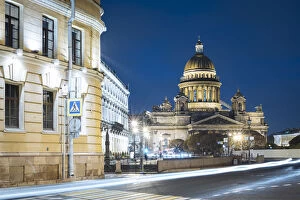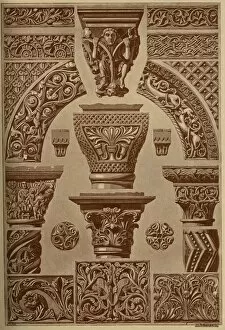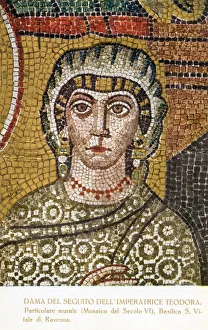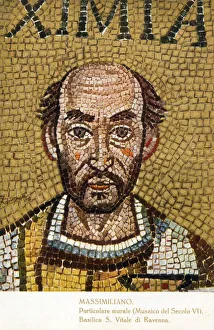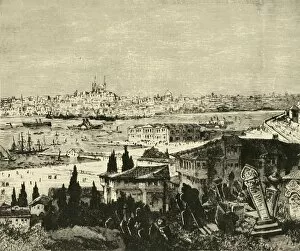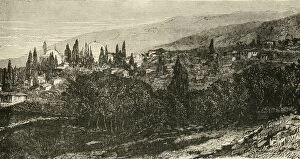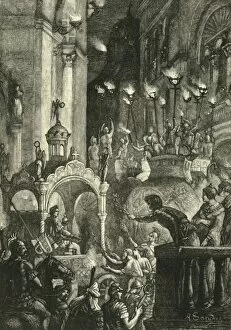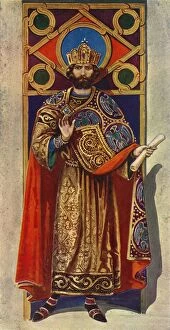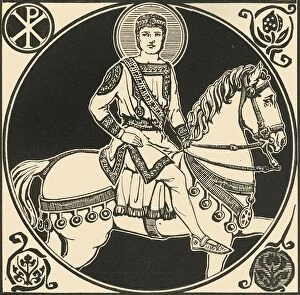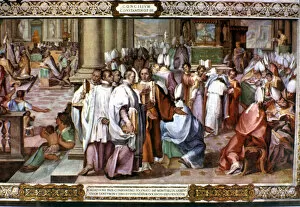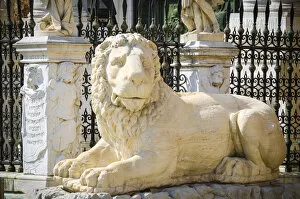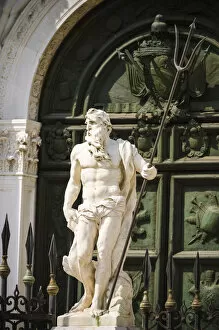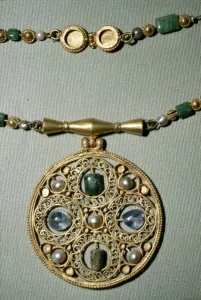Byzantine Collection (page 6)
"Exploring the Magnificence of Byzantine Art and Culture" Step into the rich history of the Byzantine Empire with a captivating journey through its remarkable art
All Professionally Made to Order for Quick Shipping
"Exploring the Magnificence of Byzantine Art and Culture" Step into the rich history of the Byzantine Empire with a captivating journey through its remarkable art and architecture. The map of the Byzantine Empire reveals its vast expanse, stretching from Ravenna to Istanbul, showcasing its influence on both Europe and Asia. Marvel at Empress Theodora, a powerful figure who left an indelible mark on Byzantine society. Her legacy is beautifully depicted in the Deesis Mosaic found in Istanbul's Hagia Sophia, where she stands alongside other saints in prayerful devotion. Transport yourself to ancient times as you gaze upon a 12th-century mosaic portraying the Virgin Mary and Child within Aya Sofya. This masterpiece captures the essence religious art with intricate details and vibrant colors that still mesmerize viewers today. The Last Judgement Novgorod Icon takes us further into this empire's spiritual realm. Painted with tempera on wood, it depicts scenes from biblical narratives while showcasing exquisite craftsmanship that reflects their deep faith. Justinian I, one of Byzantium's most influential emperors, comes alive through his connection to Ravenna. Discover his impact on this Italian city as you explore his architectural contributions that have stood for centuries. Delve into astrology as you encounter the Zodiac mosaic at Israel's Beit Alpha Synagogue. Dating back to the 6th century, this stunning artwork showcases how diverse influences shaped Byzantine culture. Iconography continues to captivate us with an icon featuring Mary alongside saints Theodoros and Georgios at St Catherine's Monastery. Created in the 6th century, it exemplifies Byzantium's devotion to spirituality through intricate brushwork and delicate detailing. Traveling eastward brings us to Madaba Governorate where we find another treasure: The Madaba Mosaic Map within Saint George Greek Orthodox Basilica. This extraordinary piece offers insights into geography during early Christianity, showcasing Byzantine craftsmanship at its finest.

